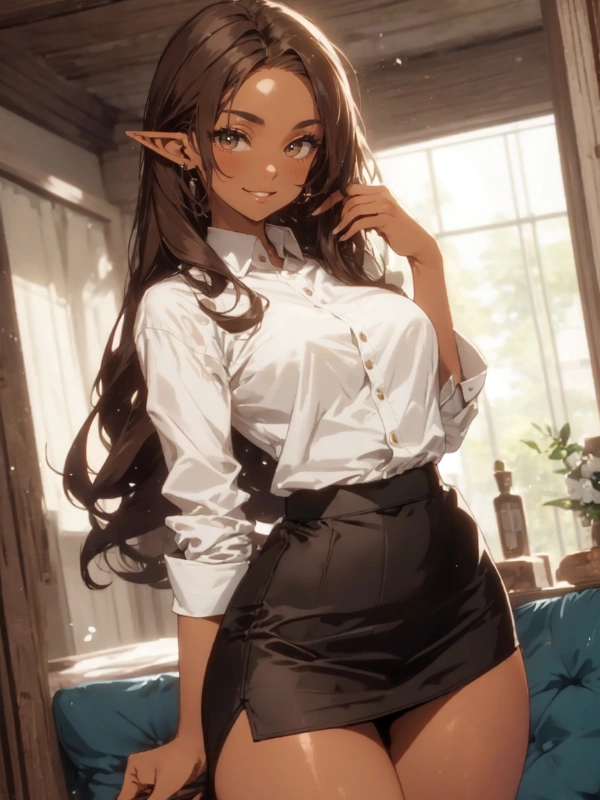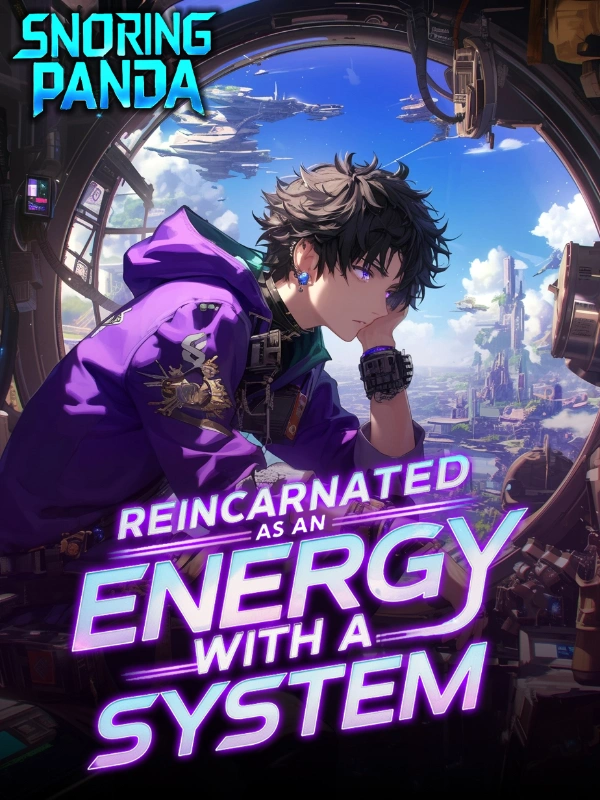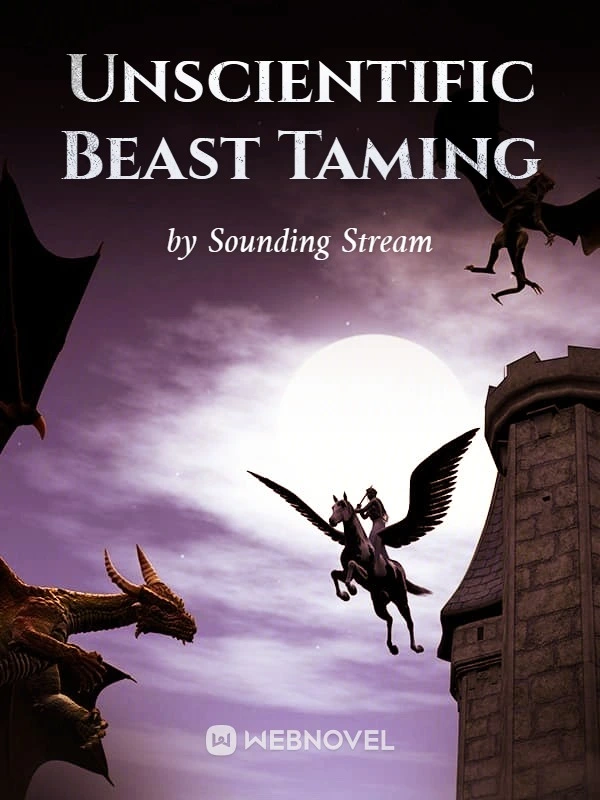It took a few days’ worth of effort, but in the end the MG 17, and the BMW VI blueprints were completed. Or at the very least, the initial draft of them was done. Again, with all of Bruno’s designs they would need to undergo extensive modifications and testing in order to be fit for service. But at the very least, they could build a functional prototype for both off of these devices.
The reality was that not a single nation had established an air force yet. In fact, the idea of using aircraft for military applications was still several years away. And it was because of this that Bruno wanted to keep the creation of the German Luftstreitkräfte a secret from the rest of the world for now.
After all, the first use of military aviation in Bruno’s past life came in 1909 when the US Army purchased a Wright Model A for use in its signal corps. But that was still several years away. If the other great powers realized that the Germans had begun construction of aircraft for military purposes then it would no doubt result in a major arms race.
Because of this, Bruno wanted to begin development and testing in secret. And he had purchased quite a decent plot of land for this purpose. Not only was his aviation manufacturing plant established on this land, but so was a small airfield which could be used to test the equipment.
This was in addition to the secondary plot of land that Bruno establish a manufacturing plant on for the sake of producing armored vehicles. He had acted swiftly upon gaining the funds to do so from his brother as a reward for giving his family’s arms corporation the designs for the next generation of small arms and artillery.
With this money secured, Bruno bought up the land that was ideal for this purpose, and began the construction of these manufacturing plants and testing grounds. By now, after several years had passed, the plants were fully operational, and the staff were employed, trained, and ready to begin working on the secretive projects.
All that was needed was for Bruno to give them the initial drafts of the weapons they intended to perfect and produce.
The first thing that Bruno wanted to produce was an aircraft that fulfilled four distinctive roles in the military. The plane in question could function as either a reconnaissance aircraft, or a dedicated fighter. It could operate as a ground support craft with the use of bombs, or it could be used as a floatplane for naval operations. What role it carried out depended on the variant which was manufactured.
While there were better interwar designs to choose from, Bruno had opted for the versatility of the HE-51 Platform. It was after all an interwar design, with a superior engine, fire control systems that were integrated into the cockpit of the pilot, and was made out of aluminum rather than wood and canvas like the vast majority, if not all the Great War Era fighters had been.
Sure, it wasn’t the best option if Bruno was preparing for the Second World War. But the year was 1904. If he was preparing for the Great War, then this was an excellent plane for the job. And it could be outfitted for multiple roles. It was because of this that Bruno was so hellbent on this aircraft.
Naturally, it would be ideal if he could create a dedicated strategic bomber as well. But frankly, he first needed to prove to the world that aluminum framed aircraft were indeed capable of flight.
After all, he was basically advancing the world of aviation by 20 to 30 years with the introduction of the HE-51. And if Bruno wanted to secure support from the German army for the further development of such weapons. Then he would need to prove that his theories were indeed correct in the first place.
Aside from the HE-51, Bruno also began the production of the world’s first tank. Tanks were weapons that were introduced at the end of the Great War. While the Entente had fielded thousands of such weapons by the time the Armistice was declared. The Germans had managed to manufacture a grand total of 20 tanks for the war effort.
They instead relied on Anti-Tank warfare with the use of their Mauser Tankgewehr M1918. Which proved quite effective in the field, with the German Army reportedly taking out a significant chunk of the Entente’s tank corps by the time the war came to an end.
But in this life, Bruno would be the first to introduce the tank. After all, Great War Era tanks could be equated to armored tractors. They were large, poorly designed, cumbersome devices that often got stuck in the mud of the trenches, and could even be disabled with something as simple as grenades being stuck to the tracks as they plowed over a trench.
In addition to this they were made from riveted armor, often in shapes that had no chance of deflecting oncoming rounds. Making it incredibly easy for a scaled up Mauser like the Tankgewehr M1918 which was chambered in the hefty 13.2mm TuF cartridge to penetrate through and kill the crew inside.
Hell, the m2 Browning and it’s .50 BMG cartridge was designed at the end of the war specifically to deal with tanks. Only for them to be rapidly be improved upon to the point where it could no longer fulfill its intended purpose.
But Bruno knew how tanks would develop in the future. And intended to make what was effectively the best, and most cost effective tank design that could be fielded prior to things like the invention of composite armor, and imaging devices which became standard almost immediately after WW2. Both of which required advanced materials which the world did not currently possess the ability to manufacture.
For the purposes of the Great War, a Medium Tank like the Panzer V Panther was simply overkill. No, what Bruno wanted to produce was a tank that existed entirely on paper during his past life. Having been a post-war modification of a Second World War German Prototype.
In 1945, with the war coming to an end, the German Army decided for whatever reason to spend a significant amount of resources developing tanks to replace their entire lineup. Everything from light tanks used in renaissance to super heavy tanks which were impossible to field in any practical sense.
These prototype designs, if you can even call them that, as they only existed on paper. Were known as the Entwicklung series, or the E-Series for short. The smallest of which was the E-10 which was designed to weigh between 10 to 25 tons.
The actual E-10 was designed to replace the Jagdpanzer 38 tank destroyer. However, post war enthusiasts came up with a variant of the tank which made use of the 1942 Prototype VK 16.02 Leopard light tank’s turret. Which contained a 5cm main gun along with a coaxially mounted 7.92mm MG 34 machine gun.
What were the advantages of such a tank? Well aside from its torsion bar suspension, which made it easy to produce, and from cheap materials, unlike previous designs which required more rare metals which the Reich did not posess in significant quantity.
It was also designed on a proven, reliable, and easy to maintain 80 centimeter overlapping steel-rimmed wheels for their suspension, taken from the Tiger series of tanks. Not only that, but the E-series tanks made use of thicker slanted armor.
Which for Bruno’s designs were made out of cold Rolled homogeneous armour. This was an armor system significantly stronger than the riveted steel plates that Great War designs, and many later interwar designs made use of.
This type of armor was only second to modern composite armor. Which Bruno did not have the means to make. Because of this, these tanks would be virtually indestructible on a great war battlefield. The only thing his enemies would really be capable of using to destroy one would be a direct hit from an artillery piece.
Not only that, but the 5cm gun, while light by Second World War standards was more than enough to punch through entente armor and defensive fortifications. On top of all of these benefits, the most beautiful thing about these tanks is that no matter how large he scaled them up in size, they could be made on the same assembly line, with the same production methods.
Meaning that even in next few decades when Bruno was eventually preparing for the possibility of a second world war. The Medium, Heavy, and Super heavy tanks of the higher weight classes, as well as any variation which the chassis was used for such as Armored Personnel Carriers, Infantry Fighting Vehicles, self-Propelled artillery, and flakpanzers were all built with the same production line. Allowing for peak modularity and efficiency in their construction.
To put it simply, with this single tank design, Bruno had ensured the German Army was not only equipped with significant advantages in the Great War that was to come. But also for the Second World War that had the potential to follow even if the German Reich emerged victorious in the next decade.
Either way, Bruno looked forward to seeing these weapons used on the battlefield. And how quickly they could allow for a German victory. Ultimately, a Blitzkrieg was still not possible in 1914. Not unless the entire means of German military transportation and logistics was mechanized by them. Which even if Bruno was a reincarnate, achieving this was simply not possible in the timeframe he had been given.
It was because of this, that Bruno intended in the coming years to convince the German High Command to adopt a defensive strategy, preparing for the war with extensive fortifications around the German Reich to bleed the enemy dry, while preparing as much armor as possible for the eventual day when the offensive would finally be taken.
Only then would he reveal these machines of war, and how devastating they would prove to be against the bitter, battered, and exhausted Entente forces. How quickly would Paris fall under the might of German Steel when the day finally arrived? It was a question that Bruno was personally excited to see the answer to.


















